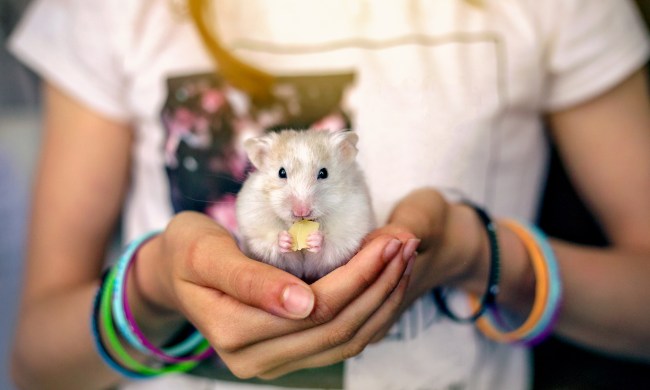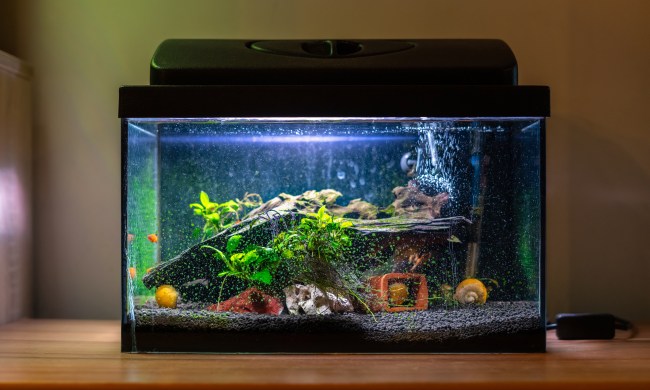Breeding and raising minnows is a rewarding task. They are common pets that are spawned in home aquariums. They reproduce quickly and you can help them throughout the process by providing appropriate structures and conditions. We’ll go over the different species of pet minnows, how fast each reproduces, and what you can do to help them along. We’ll also review some pet fish care basics to help you get started. Let’s dive in.
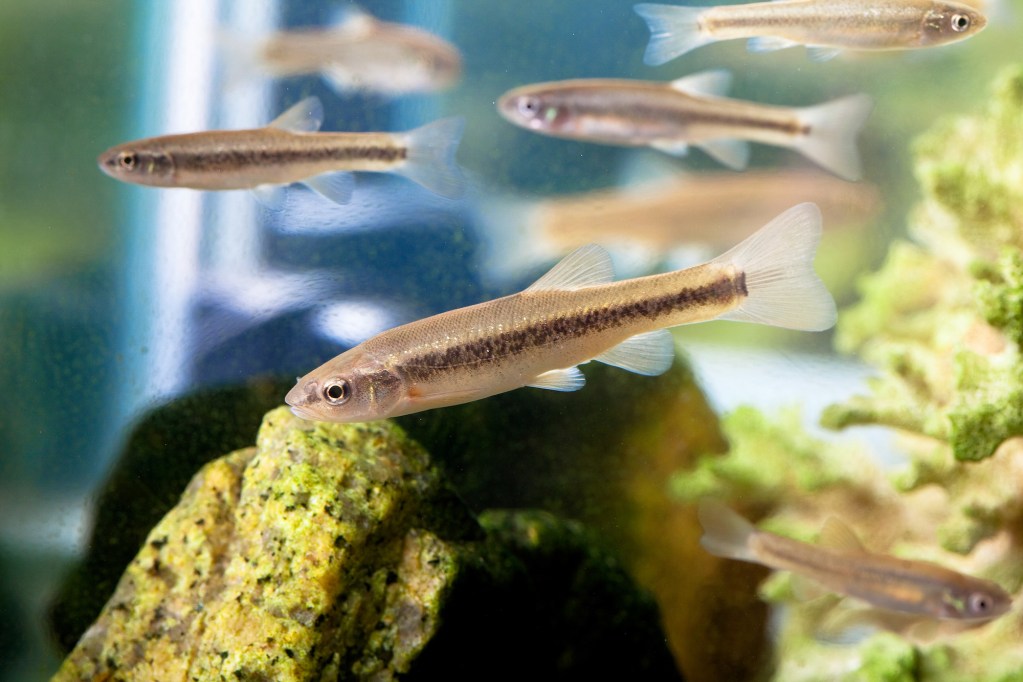
What are the different types of pet minnows?
There are about 2,400 minnow species in the world, with 300 found in North America. These small freshwater fish enjoy different kinds of habitats, from roaring rivers to serene ponds. Thus, they tolerate and even enjoy living among other fish when kept in an aquarium. Here are the most common pet minnow varieties.
- Fathead minnows are by far the most popular species. They’re typically silver in color and, true to their name, have larger than average heads.
- Rosy red minnows are similar to the fathead, though they’re an orange color with a golden-colored middle.
- White cloud minnows have a white-silvery body with bright red dorsal fins and tails. They’re a little more elusive than fathead minnows as they originate from Asia.
- Golden white cloud minnows are a color variant of the white cloud species. Their bodies are shimmery gold with red markings on their faces and tails. You can usually find these in brick-and-mortar pet stores or online.
Almost all minnows have a peaceful temperament, meaning they won’t display aggressive behavior even when placed with multiple other fish species.
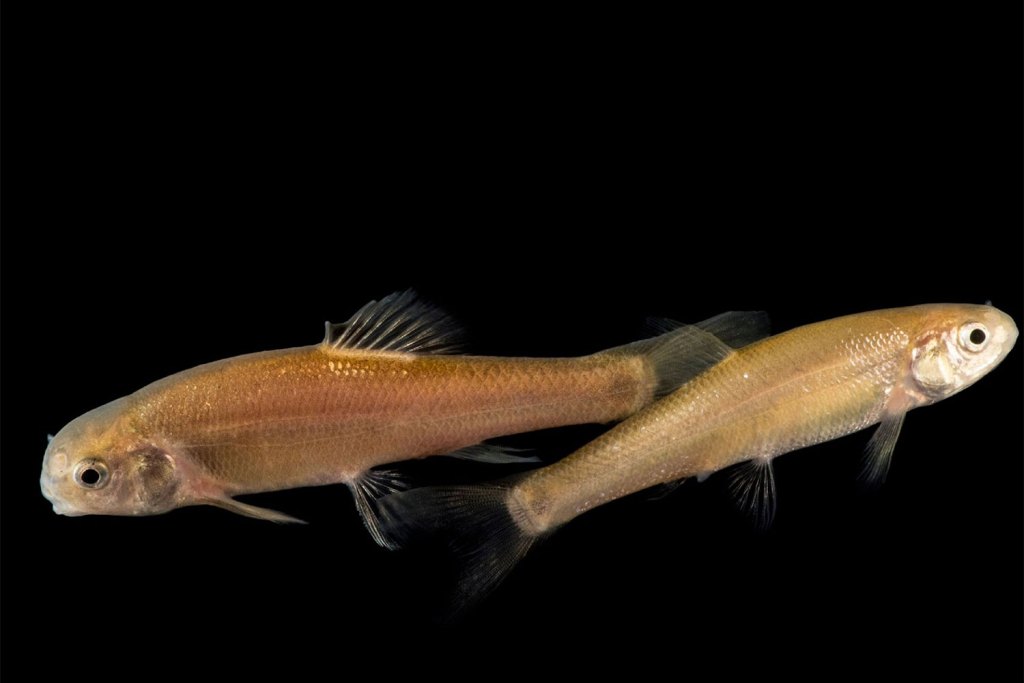
How does a minnow reproduce and how fast?
Fathead and rosy red minnows are egg clusterers, meaning they lay their eggs under an overhanging structure like a cave or rock platform. White cloud and golden white cloud minnows are egg scatterers, meaning they lay eggs over rocks, pebbles, vegetation, and other bottom surface materials. Once you try breeding them, they will start to spawn within a few days.
Fathead minnow eggs hatch between day four and day eight. Impressively, the female can cluster up to 700 eggs at once, which the male will carefully watch over.
Rosy red minnow eggs take up to five days to hatch. Each cluster has about 400 eggs you might find on or in one of your aquarium structures.
White cloud minnow eggs will appear within one or two days of your adult fish breeding. The fry will hatch within three days and tend to stay behind the vegetation, pebbles, or gravel.
Golden white cloud minnow eggs follow the same schedule as the regular white cloud minnow fry.
Keep in mind that you should remove fathead and rosy red minnow adults from the tank once they’ve laid eggs. This prevents them from eating the young, accidentally or otherwise. White cloud minnows, on the other hand, don’t display such behavior, so if you don’t have a spare tank, you’re in the clear.
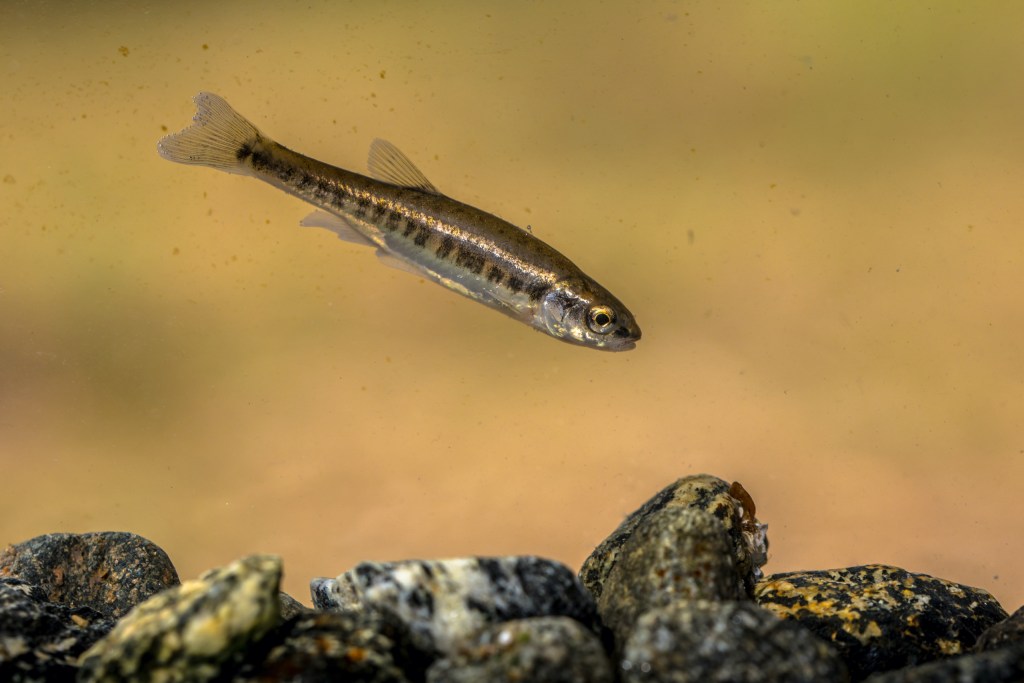
How do I care for a pet minnow?
We have some good news: Minnows are some of the hardiest fish and require low upkeep. Each species requires something different, so read on to learn how to properly care for each one.
Step 1: Set up the tank
Fathead minnows thrive in 10-gallon tanks with filters and can tolerate various pH levels. Their ideal breeding temperature is about 72 degrees Farenheight. Remove the eggs after your fish spawn and place them in a different tank. Alternatively, separate the adults from the eggs.
Rosy red minnows need a minimum 5-gallon tank, though a more spacious 10-gallon tank is ideal. Keep the water at a comfortable pH level of 6-8. Their optimal breeding temperature is 50° to 78° F. Remember to separate the eggs from the adults.
White cloud minnows require at least a 10-gallon tank with a working filter. Keep the water at a pH of 6-8. They prefer temperatures of 68° to 72° Farenheight when spawning.
Golden white cloud minnows need a 10-gallon tank with a filter, and their optimal breeding temperature is 68° to 72° F.
Step 2: Feed them a small amount twice daily
Fathead minnows are adventurous eaters and will eat algae, plants, and small invertebrates.
Rosy red minnows eat plants and small crustaceans.
White cloud minnows require a mix of plant food and small creatures like dried bloodworms.
Golden white cloud minnows need a mixed diet of plants and crustaceans.
Step 3: Clean the tank
You will need to change 25% of the aquarium water bi-weekly. In addition, change the filter monthly to help keep your fish happy and healthy.
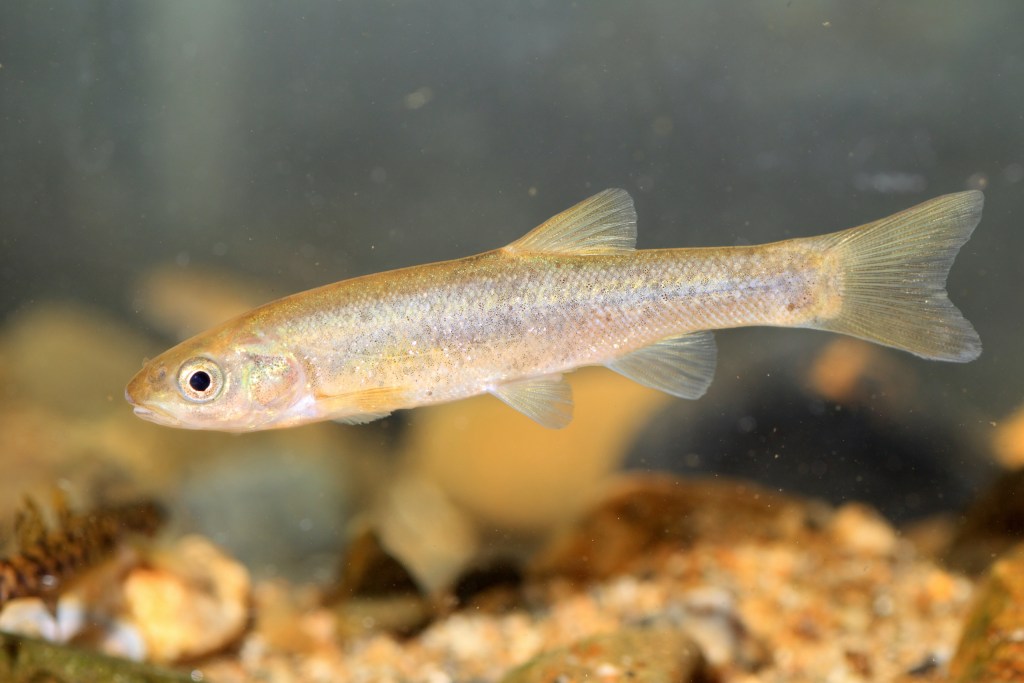
Minnows reproduce quickly at a surprising rate of every four to five days. With some laying up to 700 eggs per spawn, your tank can quickly fill up. Whether you’re breeding the common fathead or the exotic golden white cloud, follow our fish care guide to help your aquarium grow. And don’t forget - quarantine new fish before adding them to your tank. This ensures the fish in your aquarium stay safe and pest-free.


